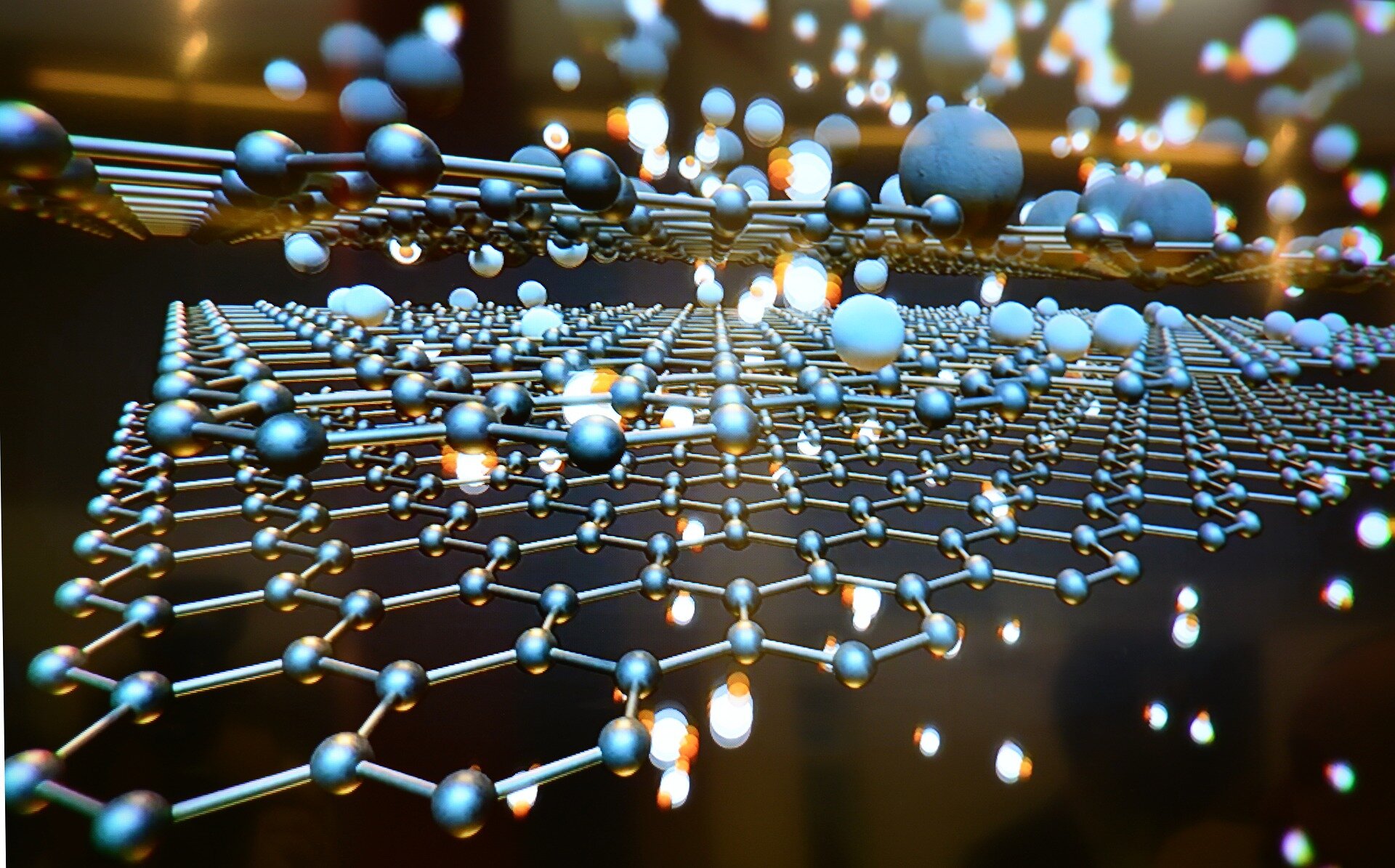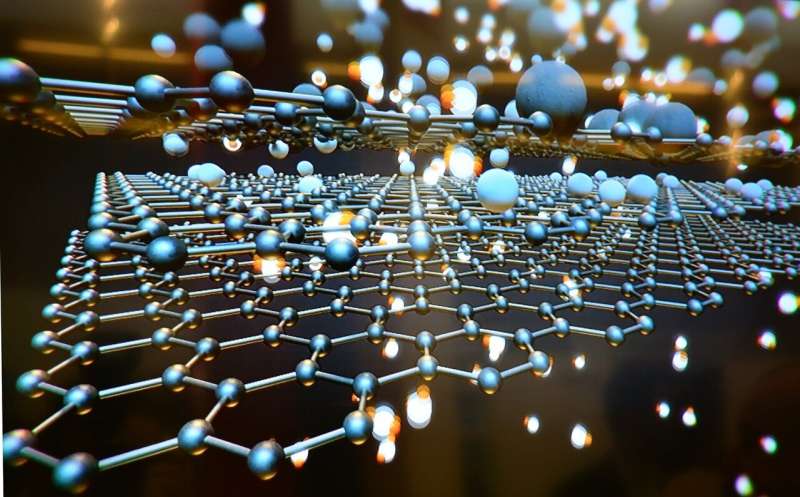

Researchers led by CEE Professor Oscar Lopez-Pamies have derived the governing equations that describe and explain the macroscopic mechanical behavior of elastomers filled with liquid inclusions directly in terms of their microscopic behavior. The work is described in an article by Lopez-Pamies and Ph.D. student Kamalendu Ghosh recently published in the Journal of the Mechanics and Physics of Solids.
“Ever since the discovery in the early 1900s that the addition of carbon black and silica nanoparticles to rubber resulted in a composite material with drastically enhanced properties, efforts have been continuously devoted to understanding when and how the addition of fillers to elastomers lead to materials with novel mechanical and physical properties,” Lopez-Pamies wrote. “The focus has been almost exclusively on solid filler inclusions.”
Recent theoretical and experimental results have revealed that instead of adding solid inclusions to elastomers, the addition of liquid inclusions may lead to an even more exciting new class of materials with the potential to enable a variety of new technologies. Some examples include elastomers filled with ionic liquids, liquid metals and ferrofluids, which exhibit unique combinations of mechanical and physical properties.
“The reason behind such novel properties is twofold,” wrote Lopez-Pamies. “On one hand, the addition of liquid inclusions to elastomers increases the overall deformability. This is in contrast to the addition of conventional fillers which, being made of stiff solids, decreases deformability. Additionally, the mechanics and physics of the interfaces separating a solid elastomer from embedded liquid inclusions, while negligible when the inclusions are large, may have a significant and even dominant impact on the macroscopic response of the material when the particles are small.
“Strikingly, the equations establish that these materials behave as solids, albeit solids with a macroscopic behavior that depends directly on the size of the liquid inclusions and the behavior of the elastomer/liquid interfaces. This allows access to an incredibly large range of fascinating behaviors by suitably tuning the size of the inclusions and the chemistry of the elastomer/liquid interfaces. One such remarkable behavior is “cloaking,” when the effect of the inclusions can be made to disappear.”
This work was done as part of Lopez-Pamies’s grant from the NSF program, Designing Materials to Revolutionize and Engineer our Future (DMREF). In turn, DMREF is part of the multi-agency Materials Genome Initiative, which aims to pave the way for the discovery, manufacture and deployment of advanced materials.
Ancient microorganisms found in halite may have implications for search for life
Kamalendu Ghosh et al, Elastomers filled with liquid inclusions: Theory, numerical implementation, and some basic results, Journal of the Mechanics and Physics of Solids (2022). DOI: 10.1016/j.jmps.2022.104930
Provided by
University of Illinois Grainger College of Engineering
Citation:
Researchers derive new theory on behavior of new class of materials (2022, June 22)
retrieved 22 June 2022
from https://phys.org/news/2022-06-derive-theory-behavior-class-materials.html
This document is subject to copyright. Apart from any fair dealing for the purpose of private study or research, no
part may be reproduced without the written permission. The content is provided for information purposes only.

